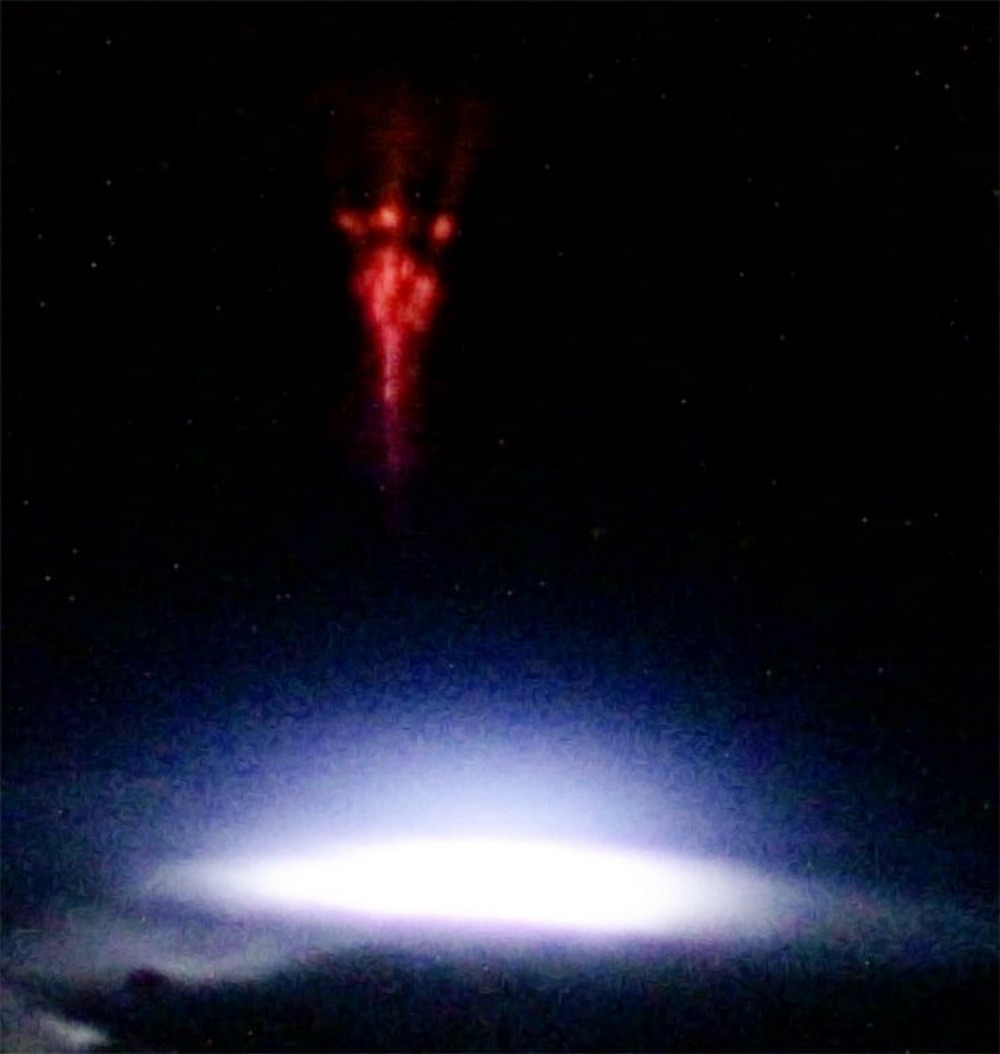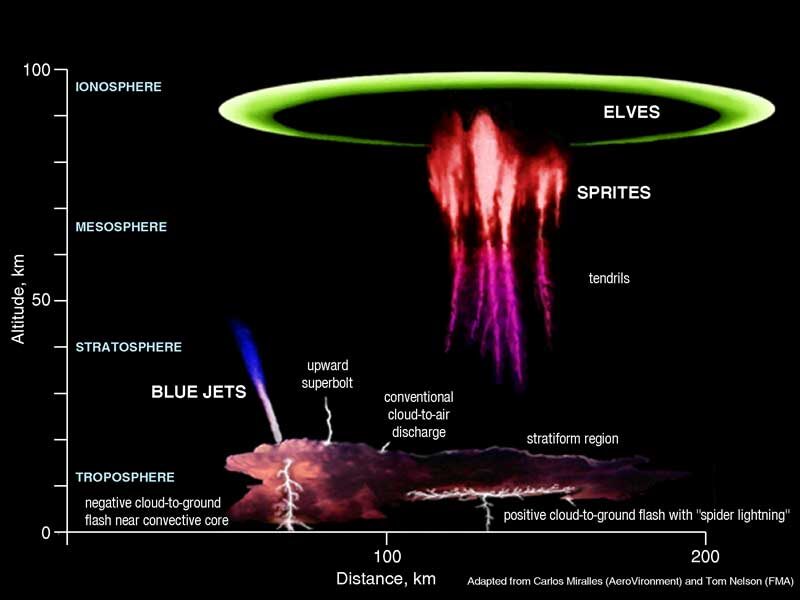European Space Agency (ESA) astronaut Andreas Mogensen took photos and videos of a rare phenomenon known as the “red sprite”. These sprites arise from an electric lightning discharge high above the Earth. This phenomenon is also very complicated to see, because it is very fleeting.

It was possible to catch the sprite using a very powerful camera as part of the Thor-Davis experiment in collaboration with the Danish Technical University. The experiment studies lightning in the upper atmosphere, as well as their effect on the level of greenhouse gases contributing to global warming.
As part of the experiment, Thor-Davis Mogensen travels to the Cupola Observatory module of the International Space Station (ISS) every Saturday to try to photograph thunderstorms far below on Earth. The ISS orbits the Earth at an altitude of about 400 km, which means that the space station makes about 16 orbits around the Earth per day.

Last week, Mogensen noticed a thunderstorm brewing above the Earth. The astronaut took several photos showing a red sprite above a thunder cloud.
“Red sprites are part of the rare phenomena known as Transient Luminous Events, often shortened TLEs, that can appear over thunder clouds. The red sprites form around 40 to 80 km above ground after a lightning strike. The Davis camera is special in that it does not take a picture like a regular camera, but like the retina in our eyes that is sensitive to changes in light, allowing it to take up to the equivalent of 100.000 pictures per second,” Mogensen explains on the social network X (Twitter).
Beyond the clouds is a fascinating world.
What you see here is a picture of a red sprite over a thunder cloud that I took as part of the Thor-Davis experiment from @DTUSpace ⚡Red sprites are part of the rare phenomena known as Transient Luminous Events, often shortened TLEs,… pic.twitter.com/AA4h8anUIf
— Andreas Mogensen (@Astro_Andreas) November 24, 2023
Lightning flashes usually fall from clouds to the ground. However, the red sprite is moving in a different direction, bursting into the upper atmosphere, which looks like a reverse thunderbolt. Because red sprites form above thunderclouds, they are very difficult to study from the ground. Therefore, they can mostly be seen only from space.
Follow us on Twitter to get the most interesting space news in time
https://twitter.com/ust_magazine


